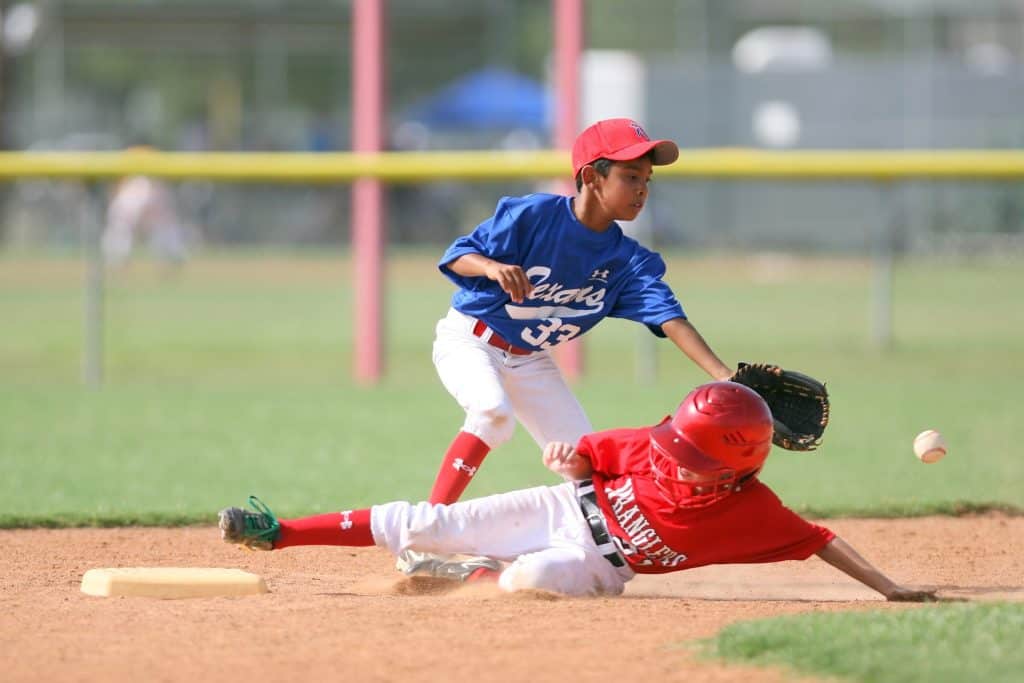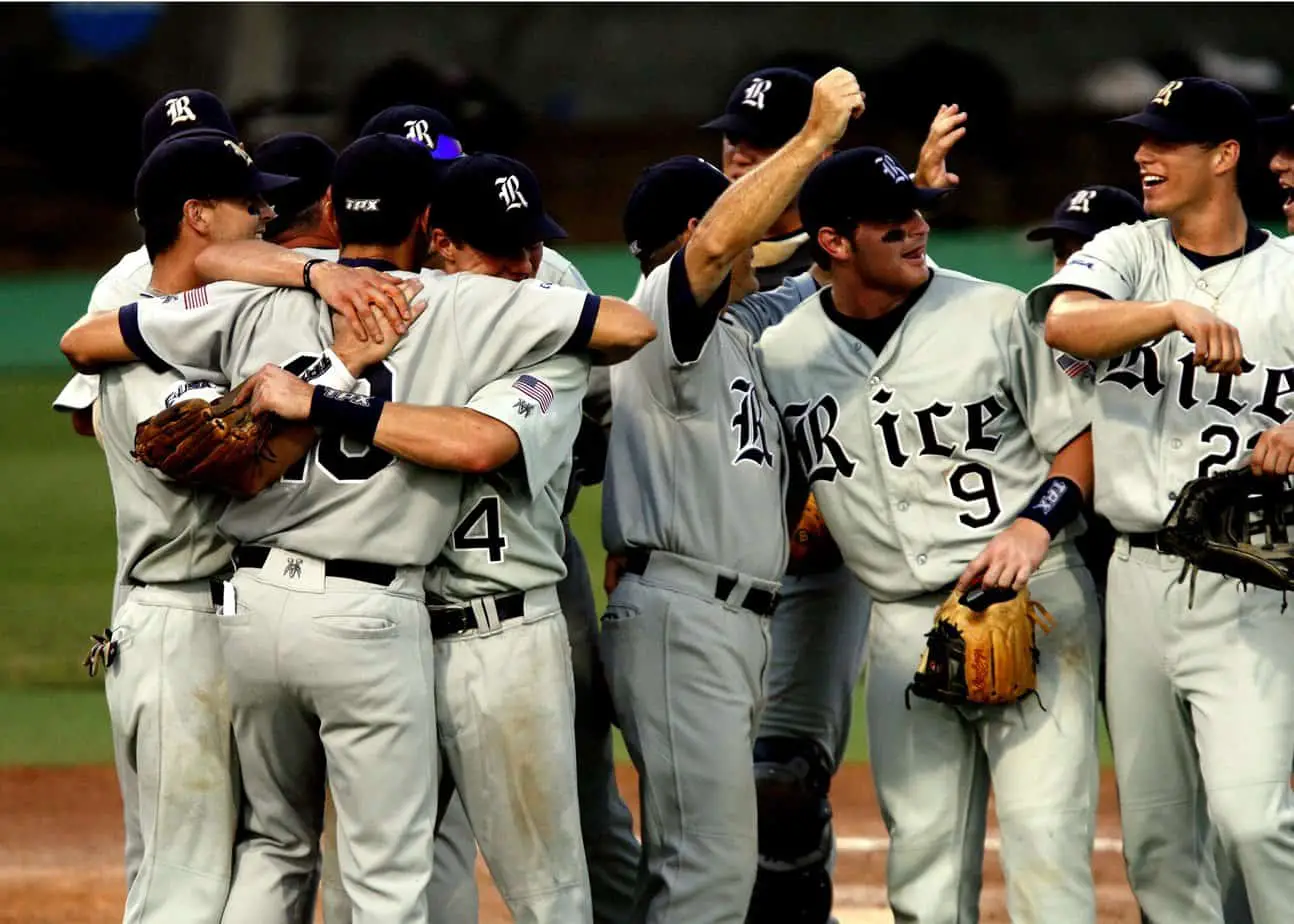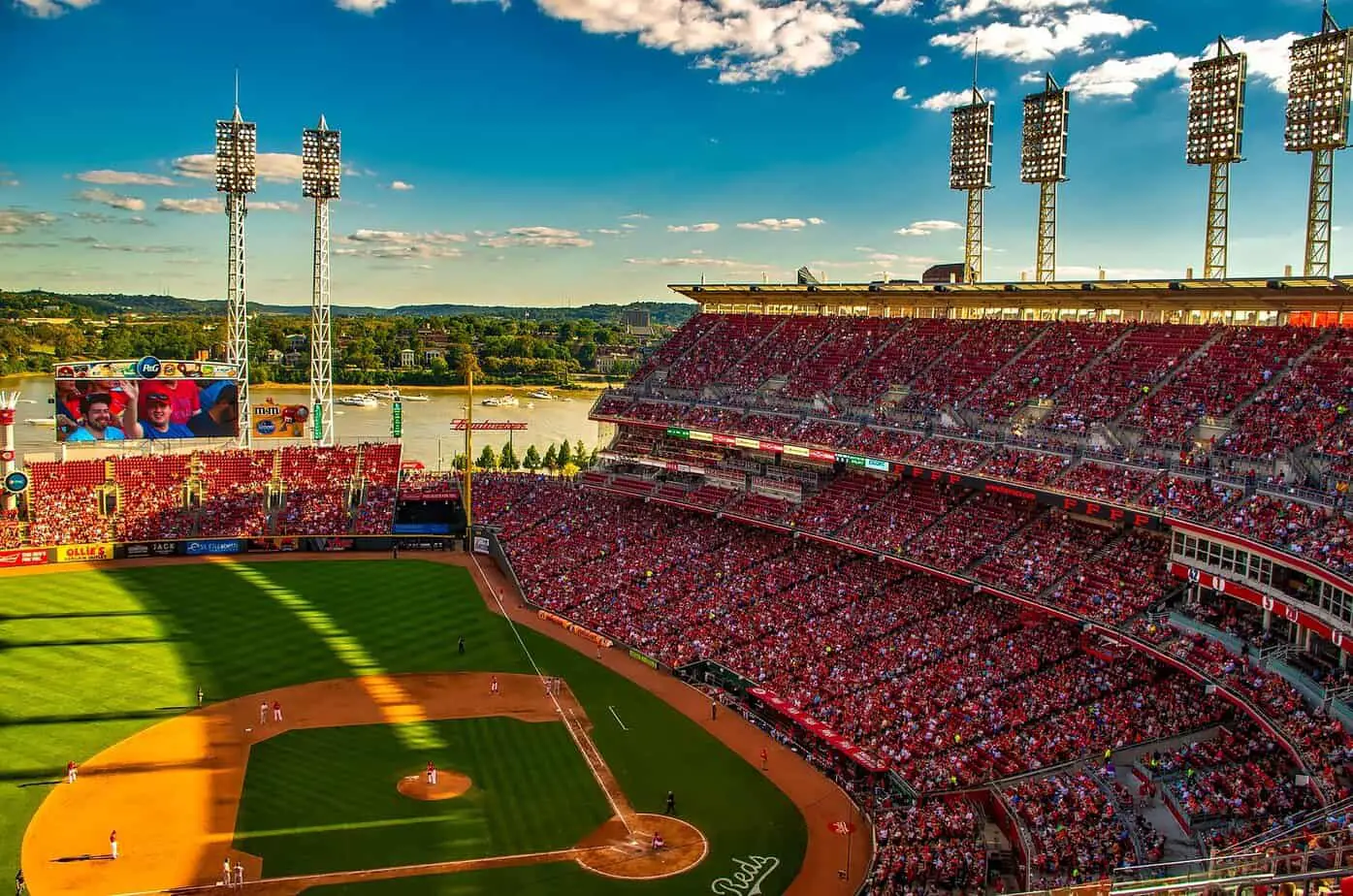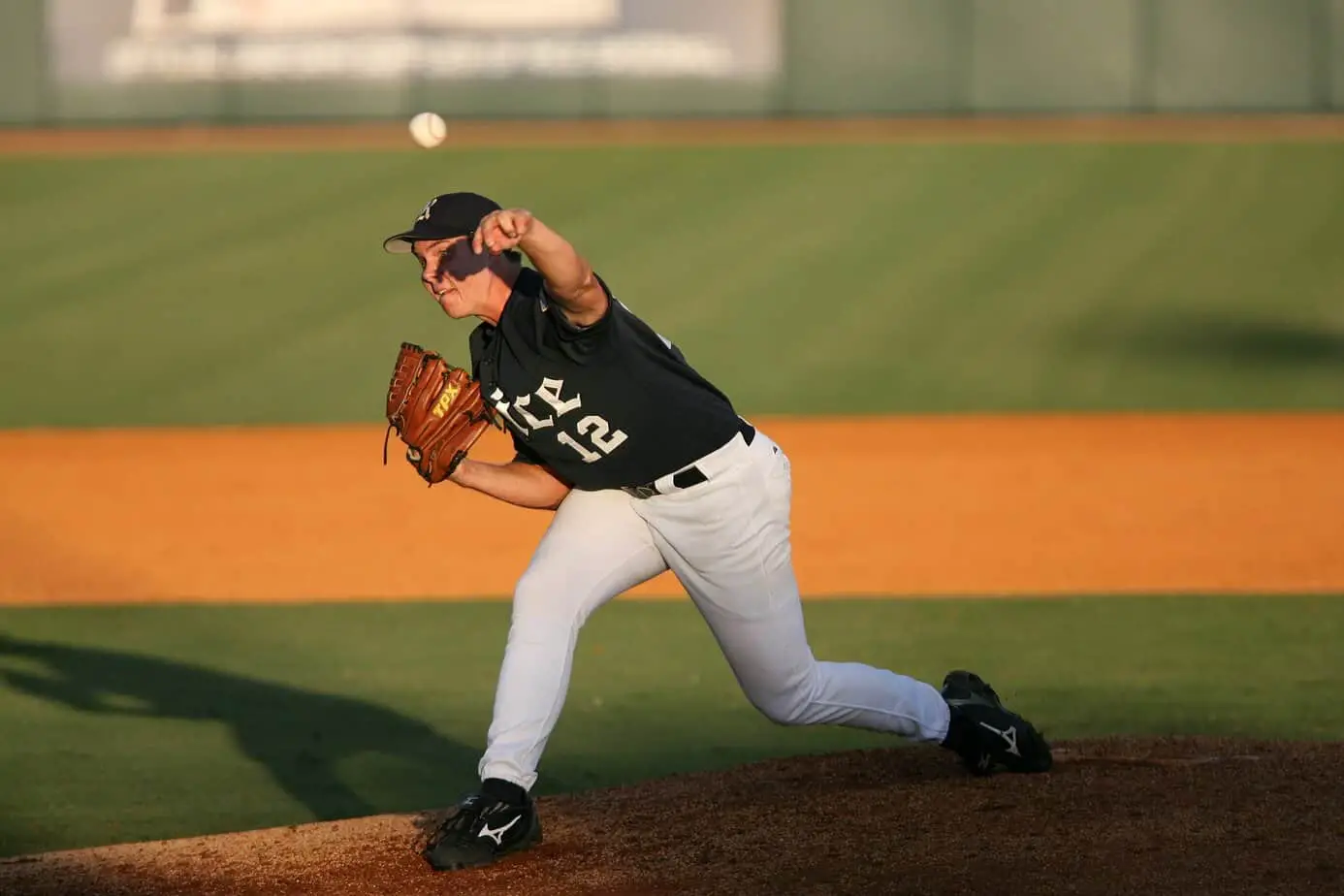Professional baseball players typically spend between 4-7 years in the Minor League Baseball (MiLB) system. After that point, most players will have either been promoted to Major League Baseball (MLB) or will have dropped out of pro baseball altogether.
The rest of this article will provide more details about how minor league baseball promotions work and how long a player can expect to spend in the minor leagues.
The Structure of Minor League Baseball

Professional baseball is somewhat different from most other professional American sports leagues. While a top draft pick in the NFL or the NBA might be seen playing on the pro team’s field or court within a season or two, even the best baseball players usually have to prove their worth for several seasons in the minors.
At the time of the professional draft, players sign a seven-year contract in the minor leagues. Obviously, this contract will be replaced with a major league agreement if the player is promoted to the big leagues before the end of those seven years.
Each of the 30 MLB teams has a series of minor league affiliate teams, where rookies and other up-and-coming players can sharpen their skills. Minor League Baseball is made up of three tiers (in ascending order): Single-A, Double-A, and Triple-A. Some teams also have a lower-level “rookie ball team” that they send their newest players to, where they can experience a shortened professional season.
Players spend their time in the minor leagues sharpening their skills and learning how to play at the professional level. The abilities that are trained include (but are not limited to):
- General conditioning
- Strength training
- Hand-eye coordination
- Baseball skills (hitting, fielding, etc.)
- Social maturity
- Emotional strength
Ideally, a player will perform well and work his way up the ladder until he is promoted to the major leagues (aka “the Show”).
How Long It Takes to Reach the Big Leagues
It is a sad reality of professional baseball that most minor league players will never reach the big leagues. This is a statistical, mathematical truth. After all, there are thousands of players in the minor leagues, and each of them is vying for a spot to open up among only about 900 rostered players at the major-league level.
Still, some players will reach the big leagues, even if only after a lot of effort and a bit of luck and timing. According to Business Insider, four years is the rough timeline for even a top draft pick to receive a call to the Show. Three years after drafting, only about 15% of first- and second-round picks will have reached the majors.
By Year Seven, the majority of the top-drafted players will have reached the Show, but anyone still in the minors is unlikely ever to get promoted above Triple-A status. The most outstanding players will be promoted early on, while the less talented players (who are still, of course, among the best baseball players in the world) may never receive a promotion to the Show.
Even if a player makes it to the major leagues, he may still end up spending some of his pro baseball days back in the minors. For example, a novice player may get busted down to his team’s Triple-A affiliate in order to work on a weak part of his skill set. Or a player could get injured and need to recuperate in the decreased stress of a minor-league setting.
Early Promotion Out of Minor League Baseball
It’s true that superstars typically get promoted earlier—for example, Mike Trout spent two seasons in the minors before making his major league debut with the Los Angeles Angels.
It is also possible for some international players who are recruited by MLB to receive treatment as free agents, meaning that they can skip the minor leagues altogether. A few American players have even skipped the minors altogether, such as Hall of Fame pitcher Sandy Koufax.
Still, about four years is the normal amount of time for a minor-leaguer to expect to spend in the MiLB system before getting promoted. After about half a decade, there’s a slim chance that the player could make it to the show within the next year or two, but the prospect becomes less likely with each passing year.
Late Promotion Out of Minor League Baseball
Most players who have stayed in the minor leaguers for at least five years can expect to reach at least the Double-A tier. Only a few players make it to this point. The rest have already either been promoted (if they’re especially talented) or dropped out. The ones who do make it this far have the opportunity to work with specialized coaches to improve fielding, hitting, strength, and flexibility.
By the second half of a player’s first decade playing pro baseball, he’ll almost certainly know whether he is going to make it to the majors or if his career will end in the minor leagues. Few players remain in the minor leagues for ten years more. They typically drop out or get promoted by that point.
There are some rare exceptions, such as John William “Mayor” Lindsey, who spent 16 years in the minor leagues before debuting at age 33 with the LA Dodgers in 2013.
Reasons a Player Might Leave Minor League Baseball
The start of a minor league career can be financially difficult for players. At the lowest levels, players make about $850 per month and often have to live with host families. As they spend more team in the league system and receive promotions throughout the tier system, minor league players can work their way up to $2,500 per month.
However, minor league players are only paid during the five months of the active baseball season, so many minor leaguers have to work other jobs to make ends meet during the offseason..
The exception to this pay rate scheme is if a player reaches the 40-man roster, which is basically a major-league team’s expanded roster. Reaching the 40-man roster increases a player’s chances of making it to the Show and can allow him to earn between $32,000-$67,300 per year.
Apart from the financial difficulties, minor league players can face difficulties in the form of limited meal money from the team, pressure from coaches, and time away from home.




